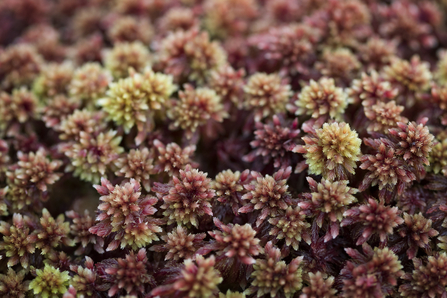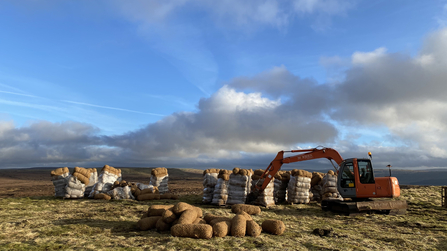The train from Derry-Londonderry to Castle Rock hugs a beautiful rocky coast with white sand bays. On the horizon are the hills of Galloway across a frothy Irish Sea. From the train window, gannets could be seen diving; tiny auks dotted the green seas and the occasional porpoise surfaced above the fleck of a wild ocean.
But, for this group of Gortex-ed walkers, it was not the ocean that held out the promise of delight, rather the blanket bog a little way inland. This required a two-mile walk, through thickets of recovering Atlantic rainforest dripping with moss, lichen and serried ranks of ferns.
After a steep climb, we were amongst Britain’s most common, and one of the World’s rarest, of habitats – blanket bog. Britain and Ireland are one of the world’s strongholds for this peatland type.



